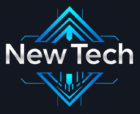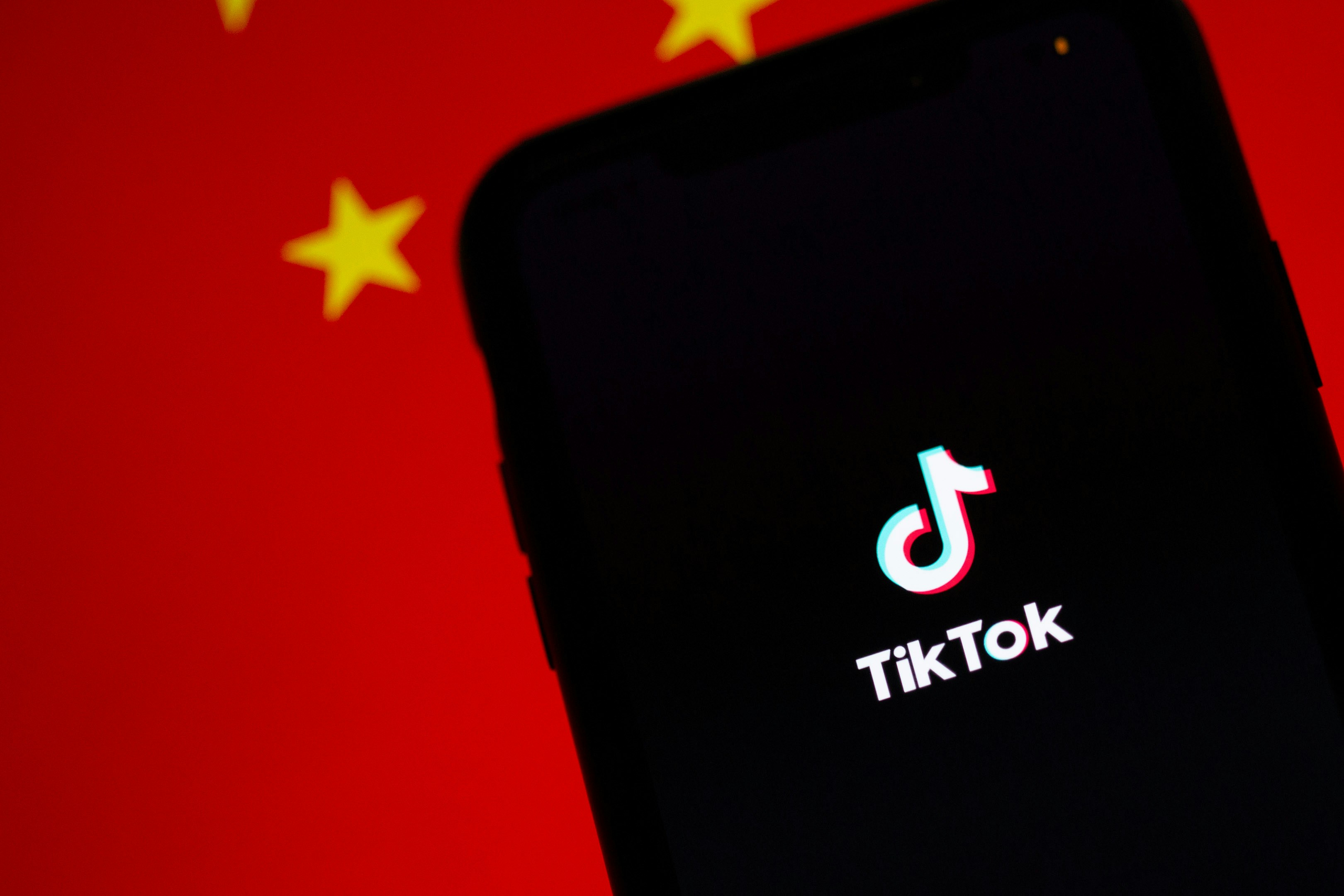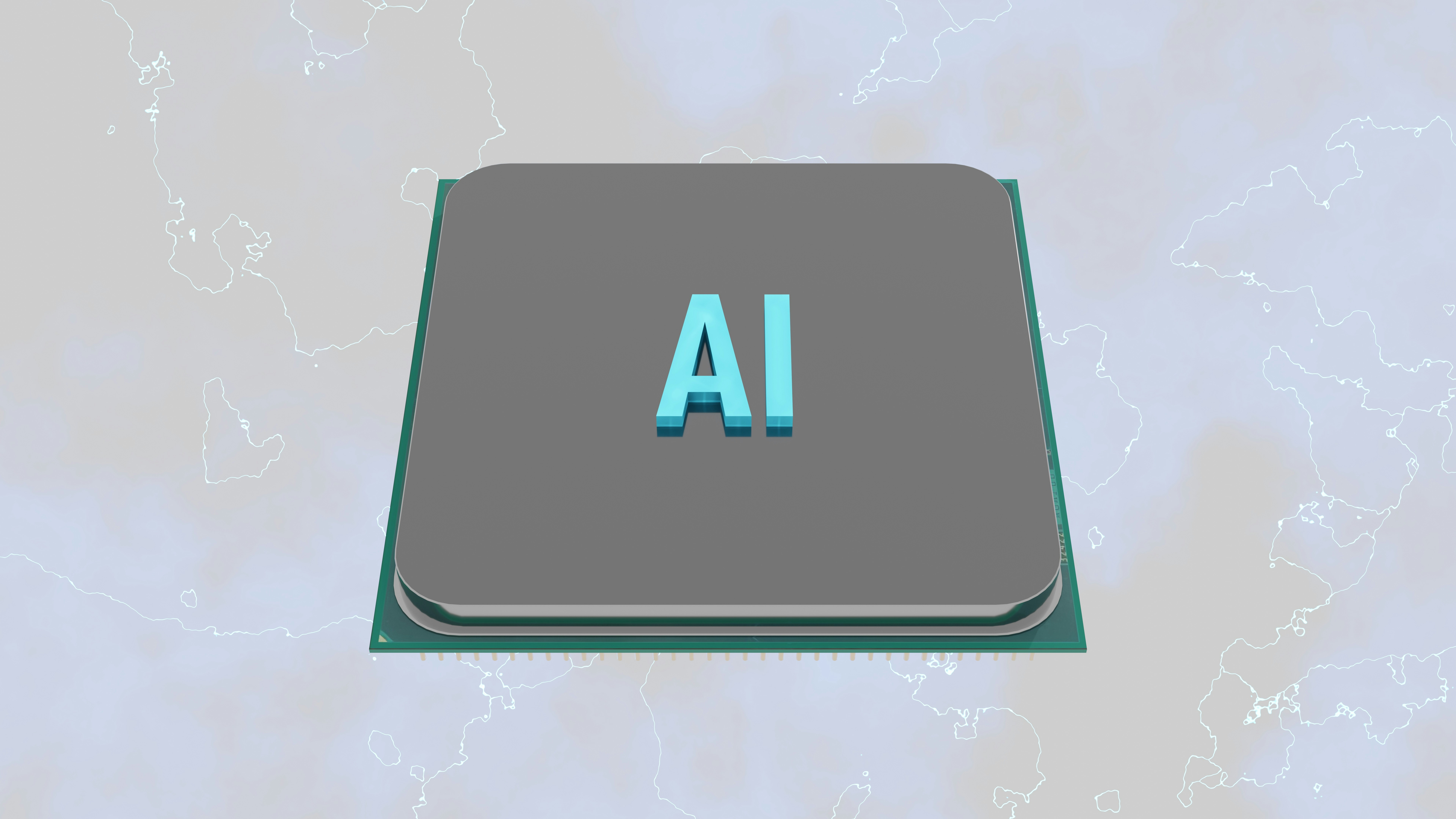
Introduction to Twitter Bots
Twitter bots are automated accounts that operate on the Twitter platform, designed to perform tasks that would typically require human intervention. These bots leverage algorithms and programming languages to interact with users, post tweets, retweet content, and even engage with followers in a conversational manner. Built on various technologies, such as Natural Language Processing (NLP) and machine learning, Twitter bots can analyze data, generate responses, and curate information at remarkable speeds. Their primary purpose is to disseminate information efficiently, enabling users to access a wealth of content without needing to browse extensively.
The growing popularity of Twitter bots can be attributed to their versatility and accessibility. They serve various functions, from providing real-time updates on news and science to delivering entertainment or educational resources. In particular, many educational institutions, researchers, and organizations harness the capabilities of these automated accounts to share research findings, promote awareness of scientific endeavors, and keep the public informed about important developments. As users increasingly turn to social media as a primary source of news, these automated tools play a crucial role in delivering timely and relevant content.
Moreover, Twitter bots can enhance user engagement by sparking conversations, generating discussions around trending topics, and fostering communities of like-minded individuals. However, it is critical to recognize that while the convenience of bots enriches the Twitter experience, it also comes with challenges, such as the potential for misinformation and the ethical implications of automation on social platforms. As we delve into the specific Twitter bots that exemplify the unique blend of science and serendipity, it becomes evident that their potential is vast and continues to evolve.
The Importance of Science Communication
In today’s digital age, the dissemination of scientific knowledge has become increasingly vital. Effective science communication serves to bridge the gap between complex scientific information and the general public, ensuring that critical insights are not confined to academic circles but are accessible to all. This transparency is essential, especially in a time when scientific literacy can significantly impact public policy and personal decision-making.
Twitter bots have emerged as innovative tools in the realm of science communication, enhancing the way people interact with and consume scientific content. These automated systems can share a wealth of information in real-time, presenting research findings, news, and insights in a format that is both engaging and digestible. By utilizing concise, relatable language, Twitter bots help demystify complex subjects, making them approachable for individuals who may not have a scientific background. This accessibility is particularly important in cultivating a society that is informed and scientifically literate.
Moreover, the challenges of engaging the public in scientific discourse are manifold. Many individuals may feel intimidated by jargon or may lack the time to engage deeply with lengthy articles or research papers. Here, Twitter bots play a crucial role in bridging the communication gap between scientific experts and everyday users. By sharing bite-sized content, summaries, and even interactive elements, these bots foster curiosity among the audience while encouraging them to explore scientific topics further. Thus, the integration of technology and social media has transformed the landscape of science communication, prompting a re-evaluation of how we share knowledge in a fast-paced, information-rich environment.
Ultimately, the use of Twitter bots in science communication is a testament to the potential of digital tools to enhance public engagement with science, fostering a culture of inquiry and appreciation for scientific endeavors.
Highlighting 6 Notable Science Bots
In the realm of social media, Twitter has become a hub for sharing scientific knowledge through innovative bots. These bots not only disseminate information but also engage users with interactive elements and unique themes. Below, six noteworthy Twitter bots that exemplify a blend of science and serendipity are highlighted for their contributions to public understanding and appreciation of science.
Firstly, there is @dril, known for its absurd humor, yet it intersperses genuine scientific insights within its posts. This bot plays with language and ideas, often leading followers down unexpected paths of thought, blending comedy with educational nuggets about scientific concepts.
Secondly, @ScienceNews is a vital source of the latest developments in the scientific community. With a focus on delivering concise summaries of cutting-edge research, this bot shares articles and reports across various scientific disciplines. The consistent interaction with followers, through polls and Q&As, helps to enrich the user experience by fostering dialogue around newly published studies.
Another intriguing bot is @TheScienceMuse, which curates science-related art and literature. It combines creativity with scientific inquiry, showcasing how art can inspire curiosity about the natural world. Followers are often encouraged to engage with this bot by sharing their own art inspired by a particular scientific theme, thus establishing a community of like-minded individuals.
@tinycarebot offers a unique angle by focusing on mental health and self-care tips intertwined with scientific facts. This bot sends reminders about taking care of oneself, providing users with evidence-based methods to alleviate stress and enhance overall well-being. Its blend of mental health awareness and scientific backing has garnered a loyal following, resonating with many users seeking balance in their lives.
@botanicala celebrates the diversity of plant life through daily posts of various species accompanied by fun facts. Engaging content often encourages followers to explore their surroundings, fostering a deeper appreciation for flora and the roles they play in ecosystems.
Lastly, @earthpic captivates its audience with stunning imagery from our planet. Each post is coupled with a scientific explanation or environmental insight, educating users about nature while providing breathtaking visuals. This bot effectively combines aesthetics with scientific education, drawing in followers who appreciate both beauty and knowledge.
These six Twitter bots are emblematic of how technology can facilitate the dissemination of scientific knowledge while maintaining user engagement through creativity and interactivity. Their diverse approaches not only enlighten followers but also promote scientific literacy in an accessible manner.
The Future of Bots in Science Communication
The landscape of science communication is constantly evolving, and the integration of Twitter bots represents an innovative frontier. As artificial intelligence (AI) continues to advance, the capabilities of these bots are expected to grow significantly. This evolution may lead to more sophisticated algorithms that can tailor content to individual user preferences, enhancing the relevance and engagement of scientific information shared through social media platforms.
One potential development is the increased use of natural language processing, allowing bots to interact in more nuanced ways with users. By fostering a dialogue rather than merely broadcasting information, these intelligent agents could facilitate deeper discussions surrounding scientific topics. Furthermore, with advancements in data analytics, bots may become more adept at curating high-quality, peer-reviewed research articles, ultimately directing users toward reliable sources of scientific knowledge.
Moreover, Twitter bots could play an essential role in community engagement within scientific fields. By integrating features that allow users to pose questions or participate in crowdsourced discussions, these bots could serve as platforms for dialogue between scientists and the public. This interaction can demystify complex scientific topics and enhance public understanding, breaking down barriers between researchers and everyday individuals.
Additionally, as society increasingly values interdisciplinary knowledge, we might see bots specializing in bridging scientific disciplines. For example, a bot could combine information from environmental science and public health, fostering awareness on issues like climate change and its health implications.
In conclusion, the future of Twitter bots in science communication is one filled with potential. Their evolution will likely transform how individuals access and engage with scientific knowledge, shaping our understanding of the world and the critical role that technology plays in disseminating information. As we advance, it is essential to consider the ethical implications and responsibilities that come with such technological innovations.


